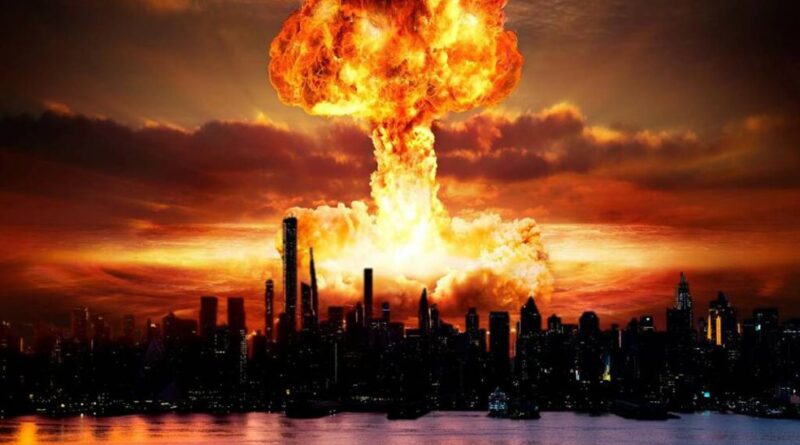We must act to reduce risk of nuclear war
By John Carlson
U.N. Secretary-General António Guterres has warned, “Humanity is on a knife’s edge. The risk of a nuclear weapon being used has reached heights not seen since the Cold War.” Urgent action is needed to reduce the risk of nuclear war and establish a process to achieve nuclear disarmament.
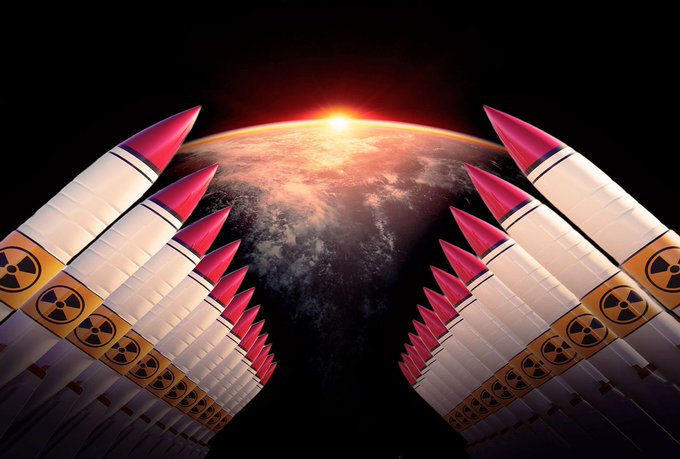
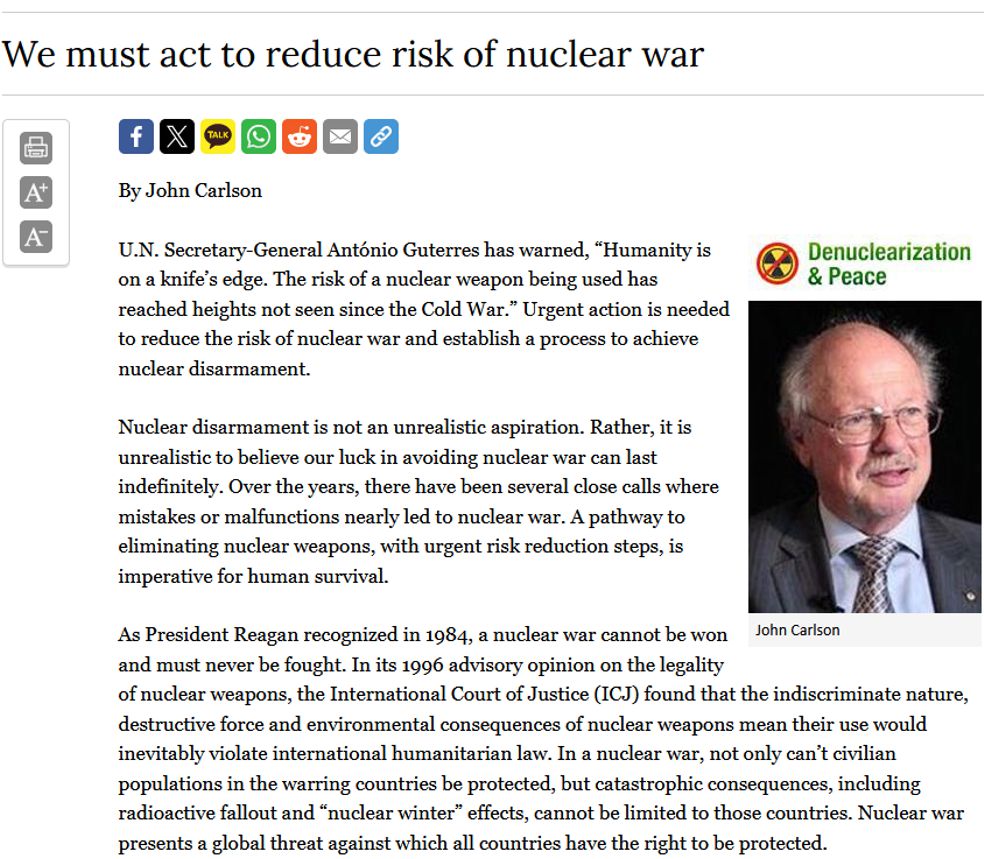
Nuclear disarmament is not an unrealistic aspiration. Rather, it is unrealistic to believe our luck in avoiding nuclear war can last indefinitely. Over the years, there have been several close calls where mistakes or malfunctions nearly led to nuclear war. A pathway to eliminating nuclear weapons, with urgent risk reduction steps, is imperative for human survival.
As President Reagan recognized in 1984, a nuclear war cannot be won and must never be fought. In its 1996 advisory opinion on the legality of nuclear weapons, the International Court of Justice (ICJ) found that the indiscriminate nature, destructive force and environmental consequences of nuclear weapons mean their use would inevitably violate international humanitarian law. In a nuclear war, not only can’t civilian populations in the warring countries be protected, but catastrophic consequences, including radioactive fallout and “nuclear winter” effects, cannot be limited to those countries. Nuclear war presents a global threat against which all countries have the right to be protected.
While the ICJ could not conclude whether the threat or use of nuclear weapons could be lawful in an extreme case of self-defense, it emphasized that any use of such weapons must comply with international law, a requirement that seems impossible to meet. The ICJ considered that nuclear deterrence, based on the threat of retaliation, presents an irreconcilable conundrum. Just as a nuclear attack would inevitably violate international humanitarian law, so too would nuclear retaliation. The ICJ concluded that the only way to resolve this conundrum is through nuclear disarmament.
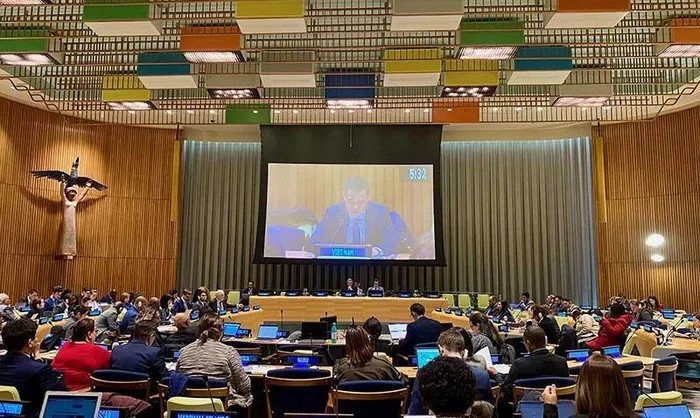
The ICJ stressed that all countries have the obligation to pursue negotiations leading to nuclear disarmament. This is a specific obligation for NPT (Nuclear Non-Proliferation Treaty) parties — 190 countries, including the five recognized nuclear-weapon states such as the United States, Britain, U.K., France and China — and a general international law obligation applying to the four non-NPT, nuclear-armed countries like India, Pakistan, North Korea and Israel.
It is reprehensible that the nuclear-armed countries are ignoring the obligation to pursue nuclear disarmament. As permanent members of the Security Council, the NPT nuclear-weapon states have a particular responsibility to uphold international law. There is a lack of will and vision concerning disarmament, reflecting the influence of those whose careers are based on nuclear weapons.
The world cannot afford to continue its inaction on nuclear disarmament. Inspiration can be drawn from the 1985 Reagan-Gorbachev Reykjavik Summit, which showed that it is within reach for world leaders to agree on a timetable for the elimination of nuclear weapons. While the summit did not achieve this goal, it did lead to major arms reduction agreements.
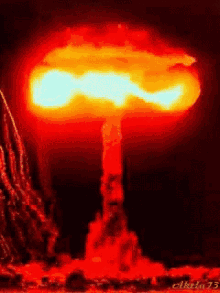
What can be done? Nuclear disarmament is a huge challenge, but seemingly intractable problems can be solved by breaking the issues into discrete steps on which progress can be made. Addressing specific issues can reduce risks and contribute to a positive atmosphere in which further progress is possible. Governments must be pressed to establish a framework for doing this.
Space does not allow for a detailed elaboration of issues and steps here, but an outline follows. First, urgent action is needed on risk and tension reduction steps. These include communication channels and hotlines, de-alerting — taking weapons off launch-on-warning status, limiting the circumstances in which nuclear weapons might be used — agreement to “no first use,” proposed by China, would be a major advance, and strengthening national controls on authority to use nuclear weapons — the fate of the world must not be left in the hands of one or two individuals.
Another essential area is the revival of arms control negotiations and the development of new arms control agreements. This would involve setting limits on the types and numbers of nuclear weapons and related delivery systems. One important aspect would be the elimination of so-called tactical nuclear weapons. A further area of work would involve verification, transparency and confidence-building arrangements.
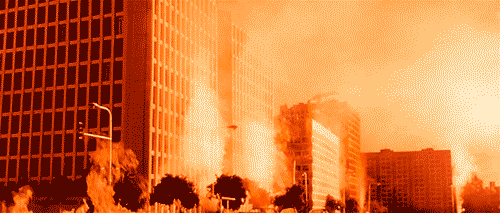
A process of ongoing engagement is needed, not only on arms control and disarmament but on security issues more broadly. Engagement can clarify differences, improve mutual understanding, identify common ground, find solutions and build trust. The emphasis should be on proactive diplomacy and dialogue. New forums will be required, at leadership and working levels, and possibly regional as well as global. These must be focused on outcomes and not be paralyzed by political differences, as happened with the Conference on Disarmament.
Middle powers such as South Korea and Australia should work together to persuade the nuclear-weapon states that the actions outlined here are essential for international security and their own national security. (The KoreaTimes)
John Carlson AM is a former senior Australian government official, and was director general of the Australian Safeguards and Non-Proliferation Office from 1989 to 2010. He is a non-resident senior fellow with the Vienna Center for Disarmament and Non-Proliferation, and a member of the Asia-Pacific Leadership Network for Nuclear Non-Proliferation and Disarmament (APLN). This article is published in cooperation with the APLN (www.apln.network).
